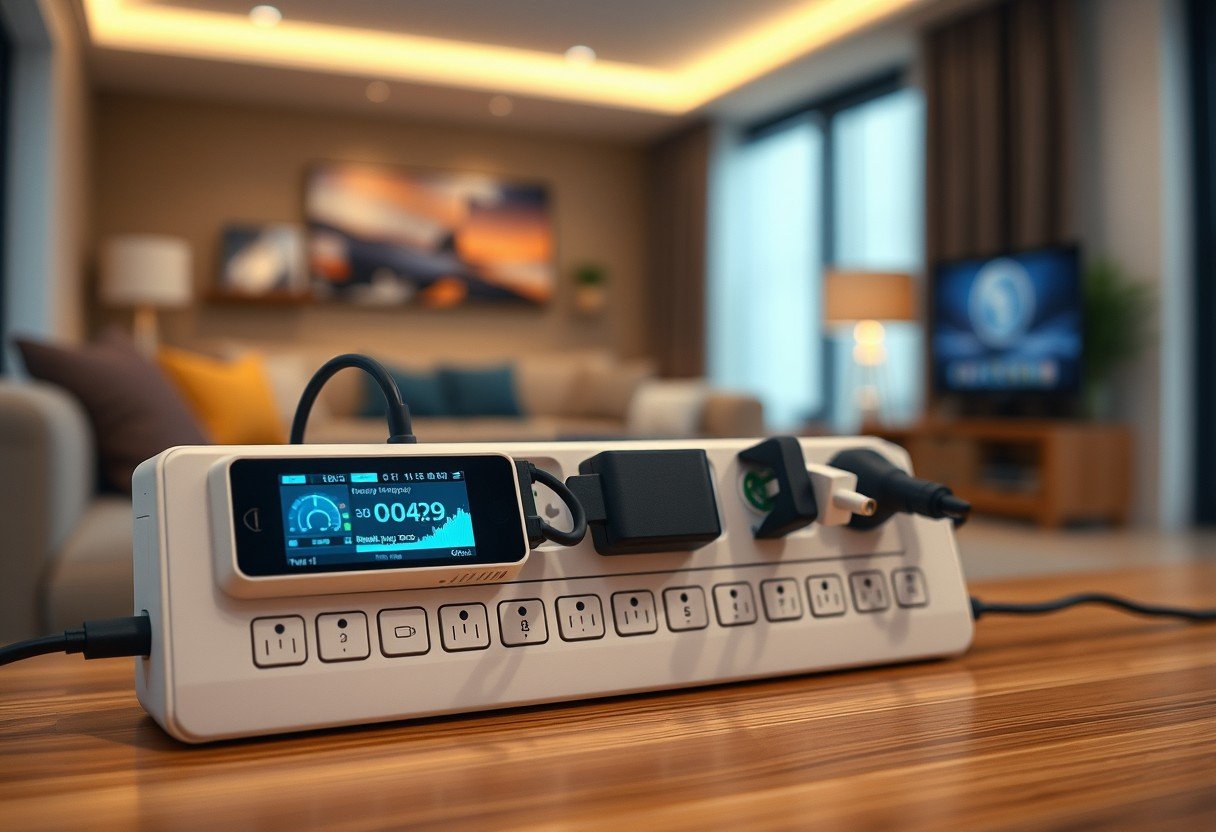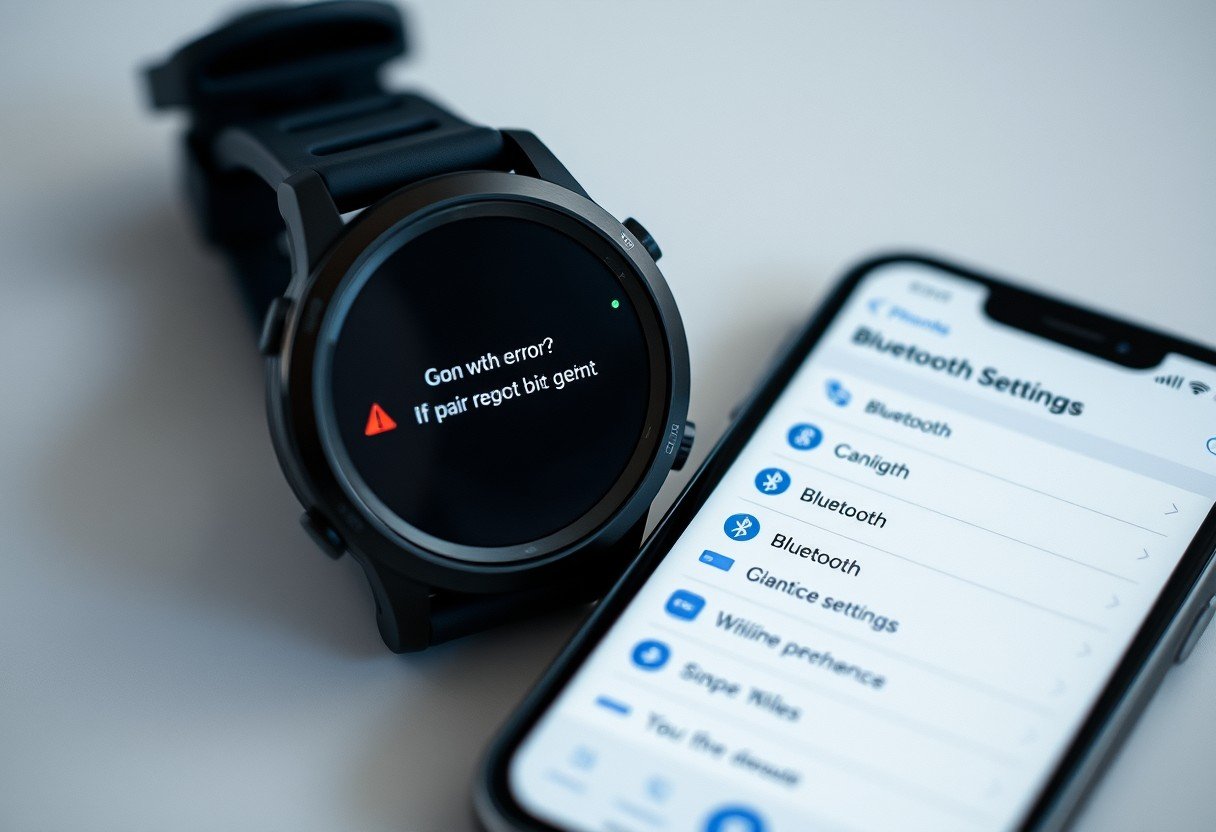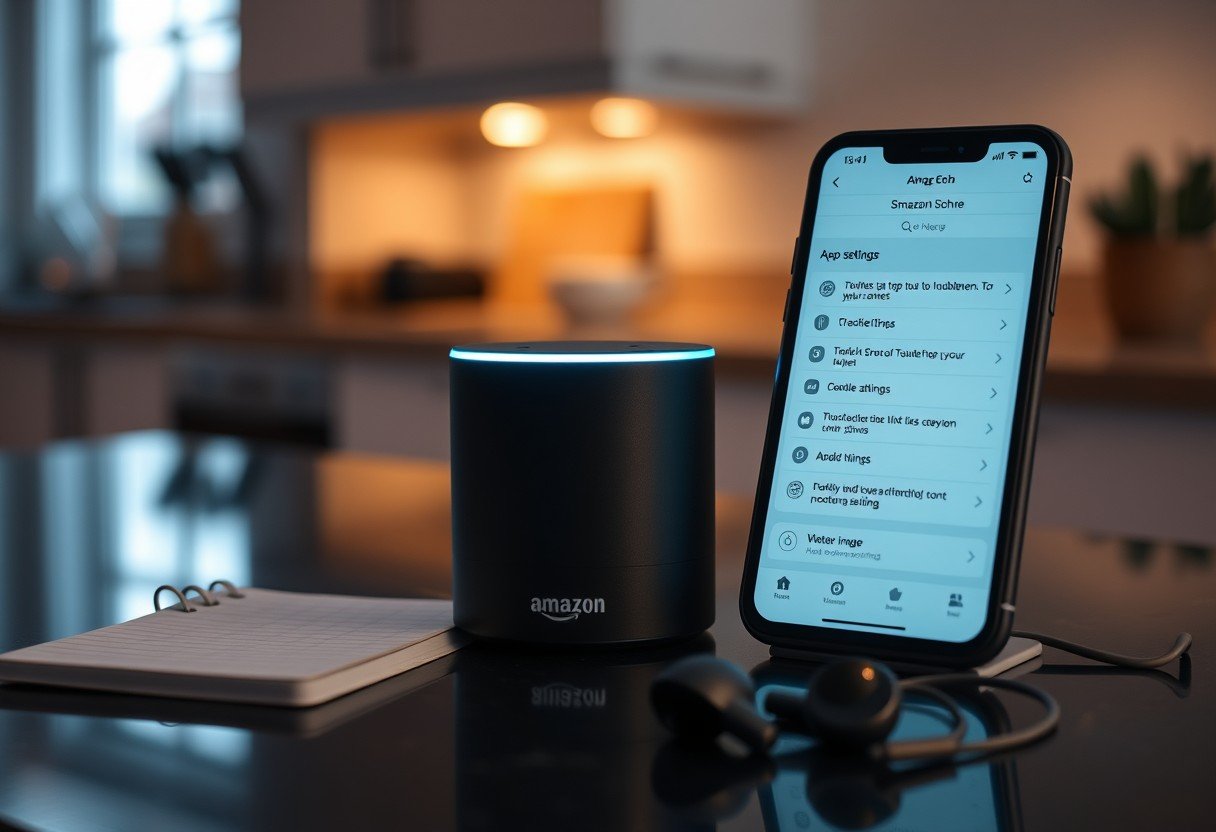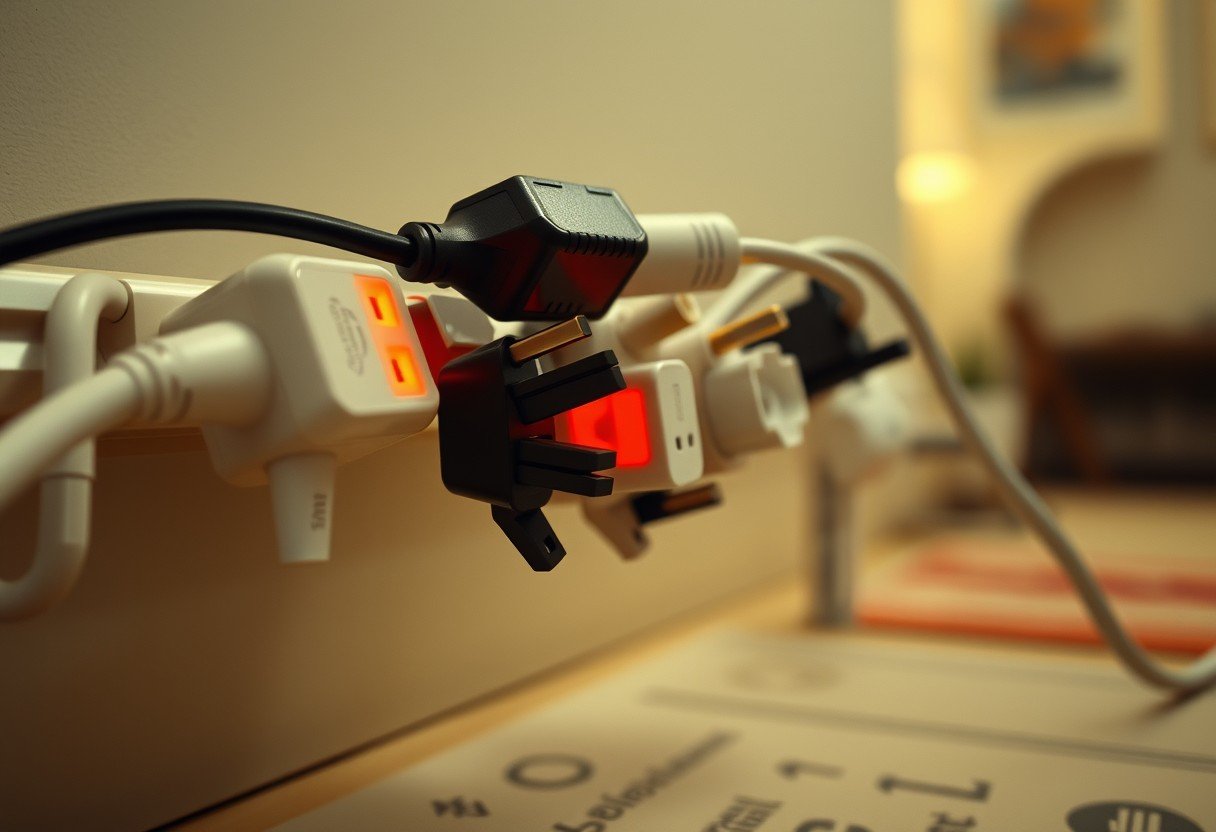A smart power strip looks like a regular one, but it does so much more than just give you extra outlets. These clever devices help you save money on your electricity bill by automatically cutting power to electronics that aren’t in use. They connect to your Wi-Fi, allowing you to control them with your phone or even your voice. This guide explains how they work and why they are a great addition to any home or office seeking efficiency and convenience.
What Exactly is a Smart Power Strip?
A smart power strip is an electrical device designed to manage the power flowing to your electronics more intelligently. Its primary goal is to stop parasitic energy loss, also known as “phantom load.”
This phantom load happens when devices keep drawing a small amount of power even when they are turned off but still plugged in. Think about your TV’s little red light or your phone charger that stays warm. All that wasted energy adds up over time.
Smart power strips eliminate this waste by completely cutting off the power supply to specific outlets. According to the U.S. Department of Energy, this phantom power can account for 5% to 10% of your home’s total electricity usage. By using a smart strip, you ensure your appliances only use energy when you actually need them to.
The Different Types of Smart Power Strips Available
Not all smart power strips are created equal. They come in various forms, each designed to cater to different needs and preferences. Understanding the main types will help you pick the perfect one for your setup.
Some strips are simple and focus on one key function, while others are packed with features for the ultimate smart home enthusiast. For example, a timer-based strip is great for lights or fans, whereas a Wi-Fi-enabled strip offers complete remote control over all connected devices.
Here’s a breakdown of the most common types you’ll find:
| Type | Description |
|---|---|
| Timer-based | Allows you to set specific times for the power to turn on or off automatically. |
| Master-Controlled | Features a “master” outlet. When the device in the master outlet is turned off (like a PC), it cuts power to the other “slave” outlets (like a printer or speakers). |
| Smart Wi-Fi | Connects to your home network, allowing you to control each outlet individually through a smartphone app from anywhere. |
| Energy-Monitoring | Tracks the power consumption of connected devices, giving you insights into your energy usage patterns. |
How Do They Actually Save You Money?
The magic behind a smart power strip lies in its ability to sense and control electricity flow. Unlike a traditional power strip that is always on, a smart strip can think for itself. It uses sensing technology to monitor the power consumption of each device plugged into it.
This technology can differentiate between a device that is actively being used and one that has entered standby mode. When it detects a device is in standby, it can automatically shut off power to that specific outlet.
This proactive power management directly translates into savings on your electric bill. Instead of dozens of devices sipping energy 24/7, only the ones you are actively using will draw power. Over a year, these small savings can add up to a significant amount, all while reducing your carbon footprint.
Key Features You Should Look For Before Buying
When you’re ready to purchase a smart power strip, there are several key features to consider. Choosing a model with the right combination of features will ensure it meets your specific needs and integrates well into your home.
Think about how you plan to use it. Do you want simple automation, or do you need detailed energy reports and voice control? The right features can make a huge difference in your user experience.
Look for a power strip that offers a good balance of functionality and ease of use. Here are some of the most important features to keep an eye on:
- Individual Outlet Control: This allows you to turn each socket on or off independently through the app, giving you maximum control over your devices.
- Voice Assistant Compatibility: Check if the strip works with systems like Amazon Alexa, Google Assistant, or Apple HomeKit for convenient, hands-free operation.
- Energy Monitoring: Some models provide real-time and historical data on how much energy each device is using, helping you identify the biggest power hogs.
- USB Ports: Built-in USB ports are a convenient addition for charging phones, tablets, and other gadgets without needing a separate power adapter.
Considering these features will help you find a smart power strip that is not only effective but also a pleasure to use in your daily routine.
Boosting Your Home’s Safety with Smart Technology
Beyond energy savings and convenience, smart power strips add an important layer of safety to your home. Many are equipped with protective features that go far beyond what a standard power strip offers, safeguarding both your family and your expensive electronics.
One of the most critical safety features is surge protection. A power surge is a sudden spike in voltage that can permanently damage sensitive electronics like computers, TVs, and gaming consoles. A smart power strip with surge protection will absorb this excess voltage, protecting your devices.
Additionally, many models include overload protection. If the total power draw from the connected devices exceeds the strip’s maximum capacity, it will automatically shut off to prevent overheating and reduce the risk of an electrical fire. This feature is especially important if you plan on plugging in multiple high-power appliances.
Setting Up and Integrating with Your Smart Home
Getting a smart power strip up and running is typically a very simple process. You don’t need to be a tech expert to install it. In most cases, it’s a plug-and-play experience that takes just a few minutes.
The general steps are straightforward:
- Plug the smart power strip into a standard wall outlet.
- Download the manufacturer’s companion app on your smartphone or tablet.
- Follow the in-app instructions to connect the power strip to your home’s Wi-Fi network.
- Once connected, you can name the strip and each individual outlet for easy identification.
After the initial setup, you can integrate it with your existing smart home ecosystem. Linking the power strip to Amazon Alexa or Google Home allows you to create routines and control your devices with simple voice commands, like “Hey Google, turn off the office electronics.”
Frequently Asked Questions
How much energy can a smart power strip really save?
A smart power strip can help you save between 5% and 10% on your electricity bill by eliminating phantom loads from devices in standby mode. The exact savings depend on how many electronics you have and their standby power consumption.
Can I control each outlet on a smart power strip individually?
Many smart power strips offer individual outlet control, but not all of them do. It’s an important feature to check for before you buy if you want the flexibility to manage each connected device separately through the app.
Do smart power strips work without Wi-Fi?
If your Wi-Fi goes down, a smart power strip will typically function as a regular power strip, meaning it will still deliver power. However, you will lose all the “smart” functionality, such as remote control, scheduling, and voice commands, until the connection is restored.
Are smart power strips safe to use?
Yes, smart power strips from reputable brands are safe to use and often include enhanced safety features. Look for models with surge protection, overload protection, and certifications from safety standards organizations like UL or ETL.
Do smart power strips use a lot of energy themselves?
A smart power strip consumes a very small amount of energy to power its Wi-Fi chip and internal sensors. This consumption is minimal, usually less than 1 watt, which is far less than the energy it saves by cutting power to standby devices.







Leave a Comment